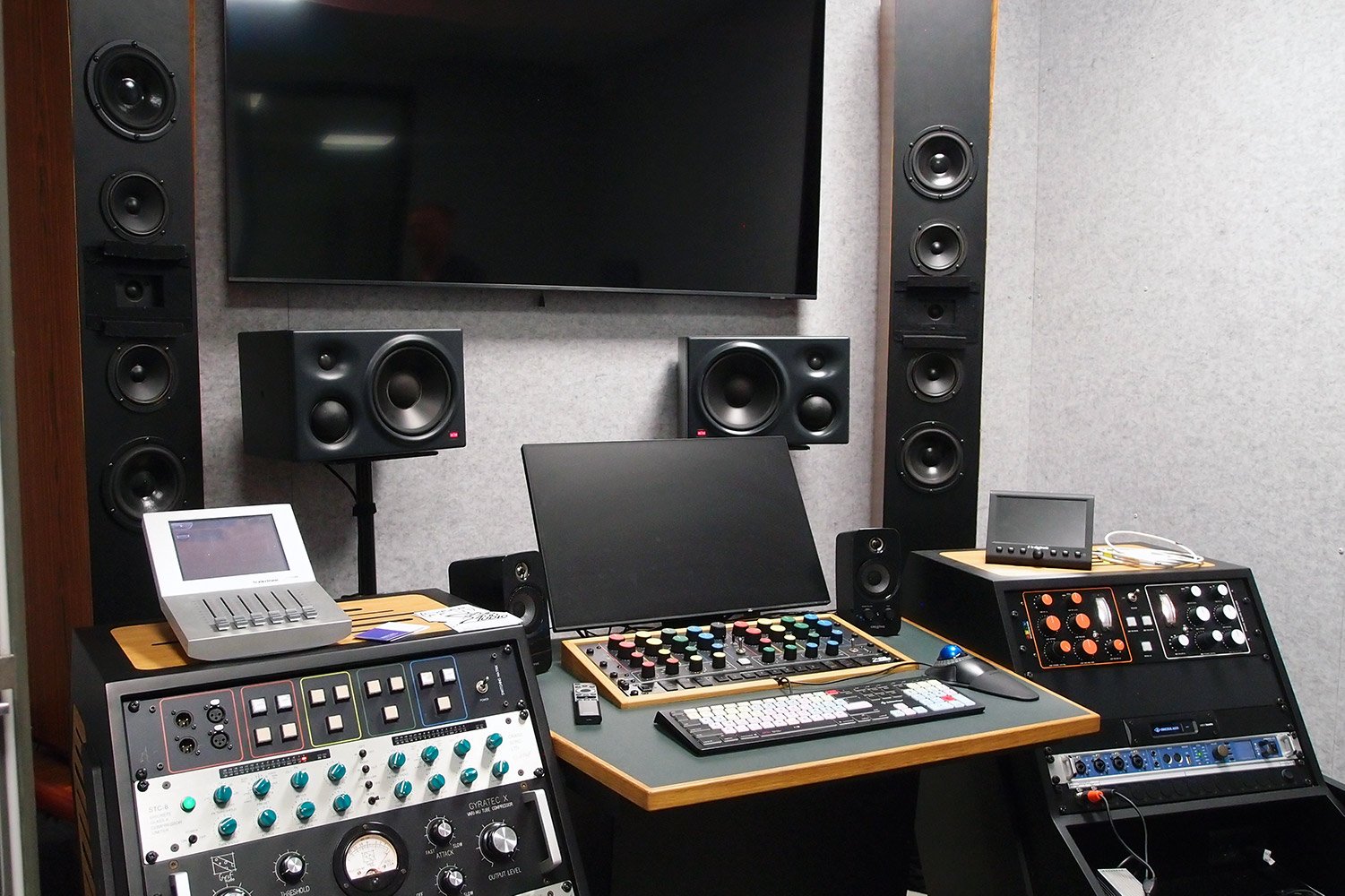Elevate Your Podcasting and Voiceover Work: A Comprehensive Guide to Acoustic Treatment and Screens
In today's highly competitive landscape of podcasting and voiceover work, achieving pristine audio quality is non-negotiable. While investing in top-notch microphones and editing software is essential, many professionals often overlook a critical aspect: room acoustics. Poor acoustics can lead to echoes, background noise, and distracting audio artifacts that diminish the overall quality of your recordings. This article explores the importance of acoustic treatment for both podcasting and voiceover work, highlighting how desktop screens, standing screens, and acoustic panels (including in-wall and ceiling-mounted options) can transform your recording environment.
Understanding the Power of Acoustic Treatment
Before we delve into the specifics, let's first understand why acoustic treatment is vital for both podcasting and voiceover work:
Clarity: By eliminating sound reflections and echoes, acoustic treatment allows your voice to come through clearly, enabling your audience to focus on your content without distraction.
Consistency: Proper acoustic treatment ensures consistent audio quality across multiple recordings, an essential factor for building and retaining your audience's trust.
Noise Reduction: Carefully placed acoustic screens can effectively minimize unwanted background noise, such as HVAC sounds or street traffic, ensuring your recordings maintain a crisp and professional audio quality.
Professionalism: A well-treated recording space reflects your commitment to delivering high-quality content, which can attract sponsors and collaborators.
Now, let's explore how different acoustic treatments benefit both podcasting and voiceover work.
Desktop Acoustic Screens
Desktop acoustic screens, also known as vocal booths or reflection filters, are versatile tools that can enhance the audio quality of your recordings. Here's how they benefit both podcasters and voiceover artists:
Reduced Reflections: Featuring highly efficient acoustic PetFelt, Desktop Screens absorb and in some case scatter sound reflections, significantly reducing echo and improving vocal clarity.
Portability: Most desktop screens are lightweight and easily movable, allowing you to set up your recording space wherever it's most convenient for you.
Noise Isolation: Desktop screens are designed to minimize external noise from entering your microphone, making them invaluable when recording in noisy environments or spaces with limited sound control.
Standing Acoustic Screens (Gobos)
Standing acoustic screens, or gobos (go-betweens), are larger and more adaptable than desktop screens. Here's how they serve both podcasting and voiceover professionals:
Flexibility: Standing screens can be strategically placed to create barriers between your microphone and reflective surfaces, enabling you to customize your recording space for optimal acoustics.
Versatility: Their application extends beyond podcasting and voiceovers. Standing screens can enhance music recordings, live broadcasts, or any audio production where acoustics are critical.
Aesthetics: Designed to match your studio's aesthetics, standing screens add functionality and visual appeal to your recording space.
Acoustic Panels (Wall and Ceiling-Mounted)
Acoustic panels, whether wall or ceiling-mounted, are frequently used in tandem with screens and offer significant advantages in achieving comprehensive acoustic treatment, benefiting both podcasters and voiceover professionals alike.
Complete Coverage: These panels provide full-room coverage, addressing sound reflections and echoes from all angles.
Professional Sound: Made from high-quality PET acoustic felt our acoustic panels ensure professional-grade sound quality in your recordings.
Aesthetic Integration: Acoustic panels can be seamlessly integrated into your studio's design, balancing functionality with aesthetics.
Enhanced Playback Fidelity: Wall and ceiling panels additionally contribute to improving the room's overall sound quality, resulting in heightened precision during playback, editing, mixing, and mastering processes.
Choosing the Right Acoustic Treatment
When selecting acoustic treatments for your podcasting and voiceover setup, consider factors such as room size, budget, performance style, privacy requirements and recording environment. Ensure that the treatments you choose effectively address your specific acoustic challenges, whether it's noise isolation, echo reduction, or both.
In conclusion, whether you are a podcaster or a voiceover artist, improving your audio quality through acoustic treatment is an investment that pays off. Desktop screens, standing screens, and acoustic panels (including wall and ceiling-mounted options) are indispensable tools for creating a controlled and acoustically pleasing recording environment. By incorporating these treatments into your setup, you'll provide your audience with a more immersive and enjoyable listening experience, ultimately helping your content stand out in a competitive industry. The power of acoustics cannot be overstated; it's the key to success in both podcasting and voiceover work.



